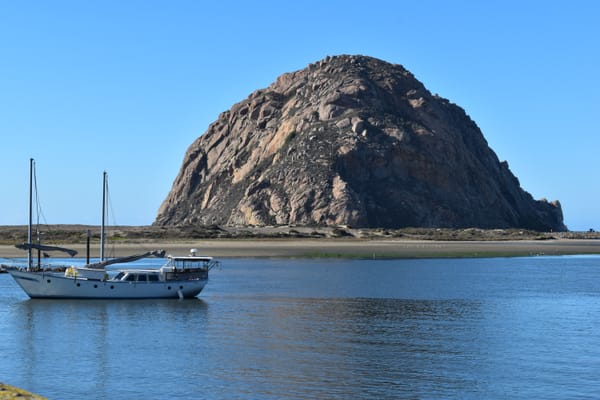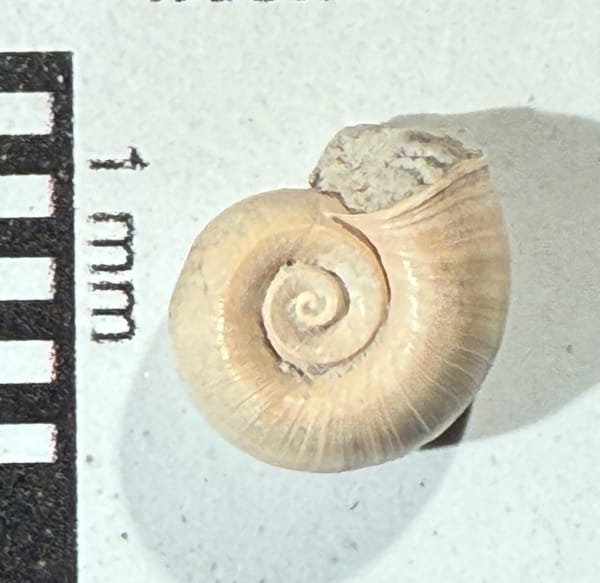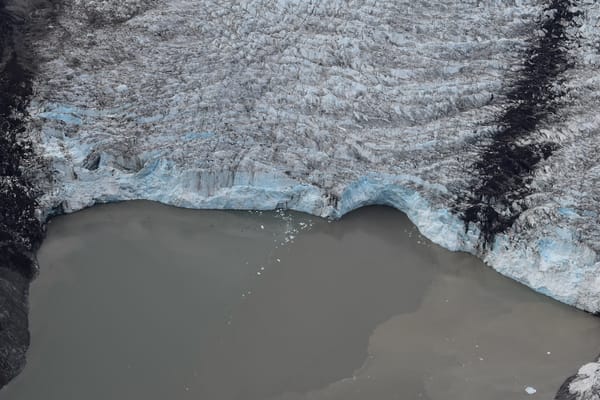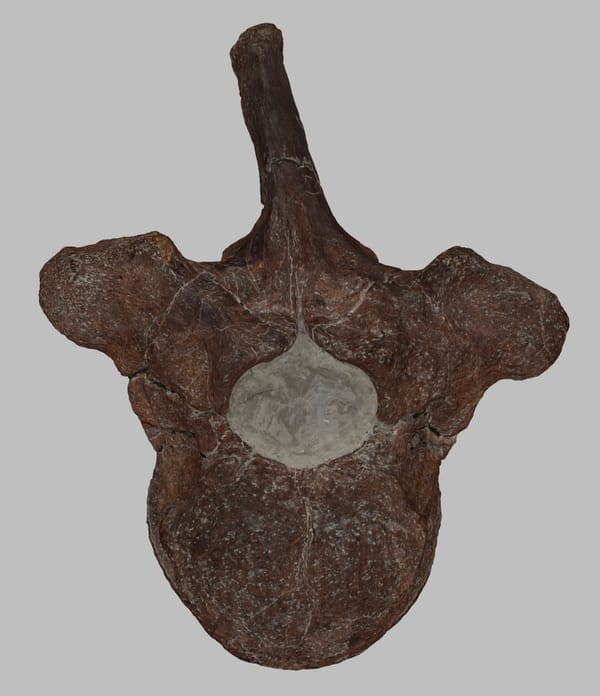Dense ribs aren't just for sea cows
Sea cows aren’t the only animals with dense ribs.
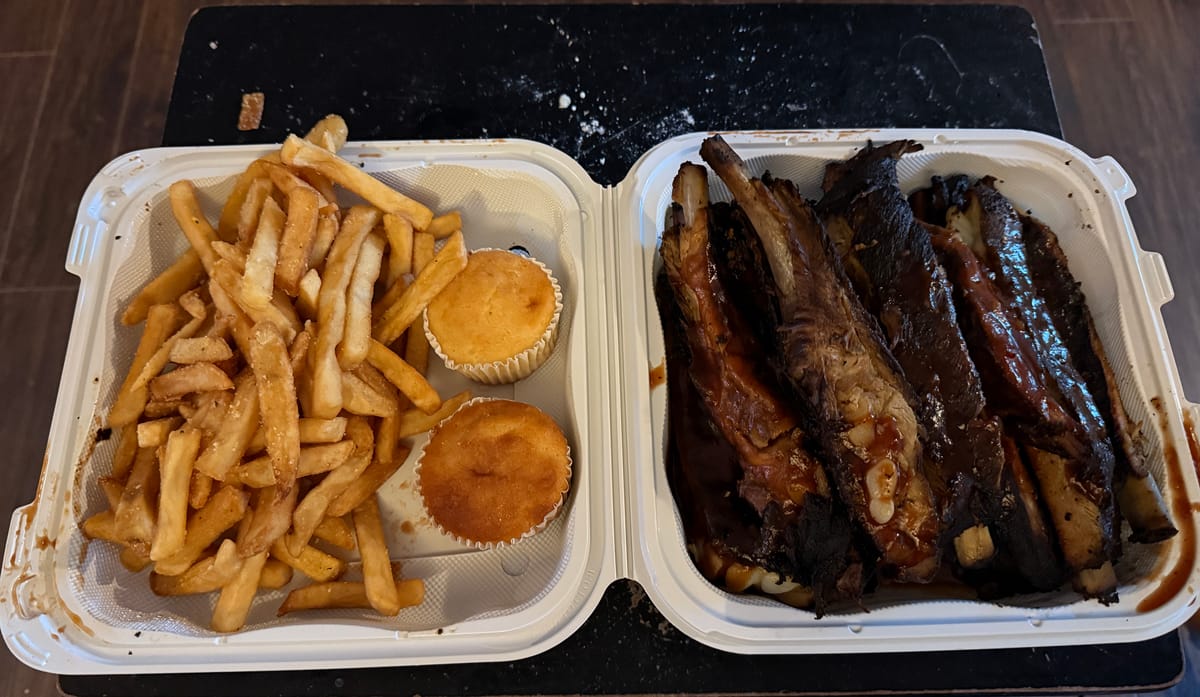
For many years a lot of my research efforts were focused on the Carmel Church Quarry, a spectacularly rich Miocene bone bed near Richmond, Virginia. Carmel Church exposes a series of marine sediments, including one bed (only about 0.5 m thick) of the Calvert Formation, a well-known fossiliferous unit in the Chesapeake Bay area. But the fossil density at Carmel Church was off the charts, with tens of thousands of fossils collected from an area of only about 200 square meters. The vast majority of these fossils were shark teeth and whale bones.
Over time we noticed that we frequently found ribs that were very dense, with greatly reduced cancellous bone (osteosclerosis). I wondered if these might be from sea cows (since we did have confirmed sea cows in the deposit) and showed some to Darryl Domning, the world's foremost expert on fossil sea cows. He told me they were definitely not sea cow, since they still had some cancellous bone, and that they were almost certainly from a whale, just one with unusually dense ribs. One of these ribs is shown in cross section below. The right image is marked up with the dense, cortical bone in magenta and the spongy, cancellous bone in cyan.

So we were pretty sure we had a whale with dense ribs, but we didn't know what kind of whale; there are a least six different species of baleen whales and 17 species of toothed whales found at Carmel Church! But a few years later, in 2006, we finally found a skeleton that included over half the body, and it also had the dense ribs.
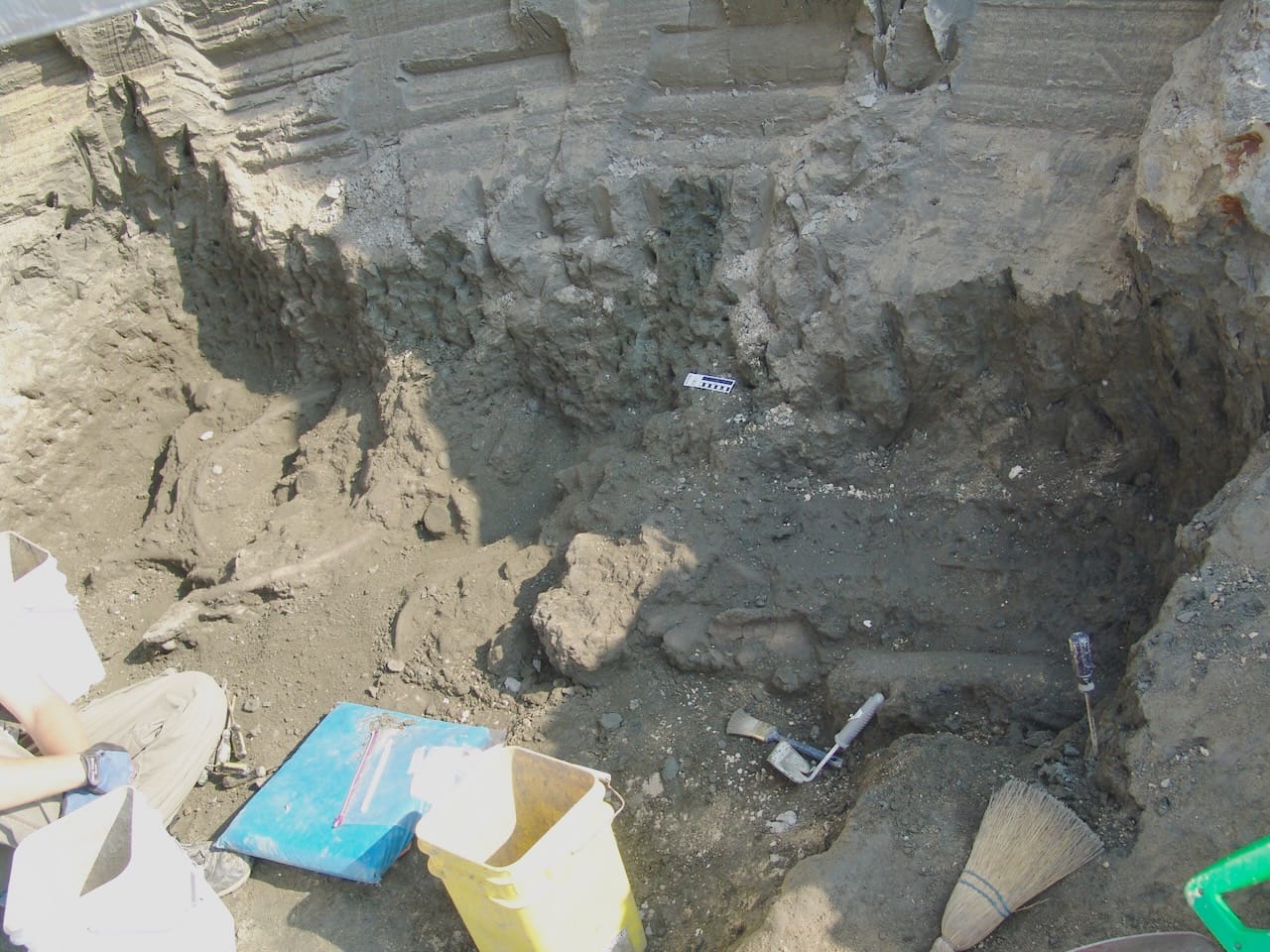
After a few years of work in the lab, we had cleaned up the specimen, which included the nearly-complete cranium and lower jaws, the first 24 vertebrae, and 21 out of 22 ribs. The flippers and tail were the only major missing components.
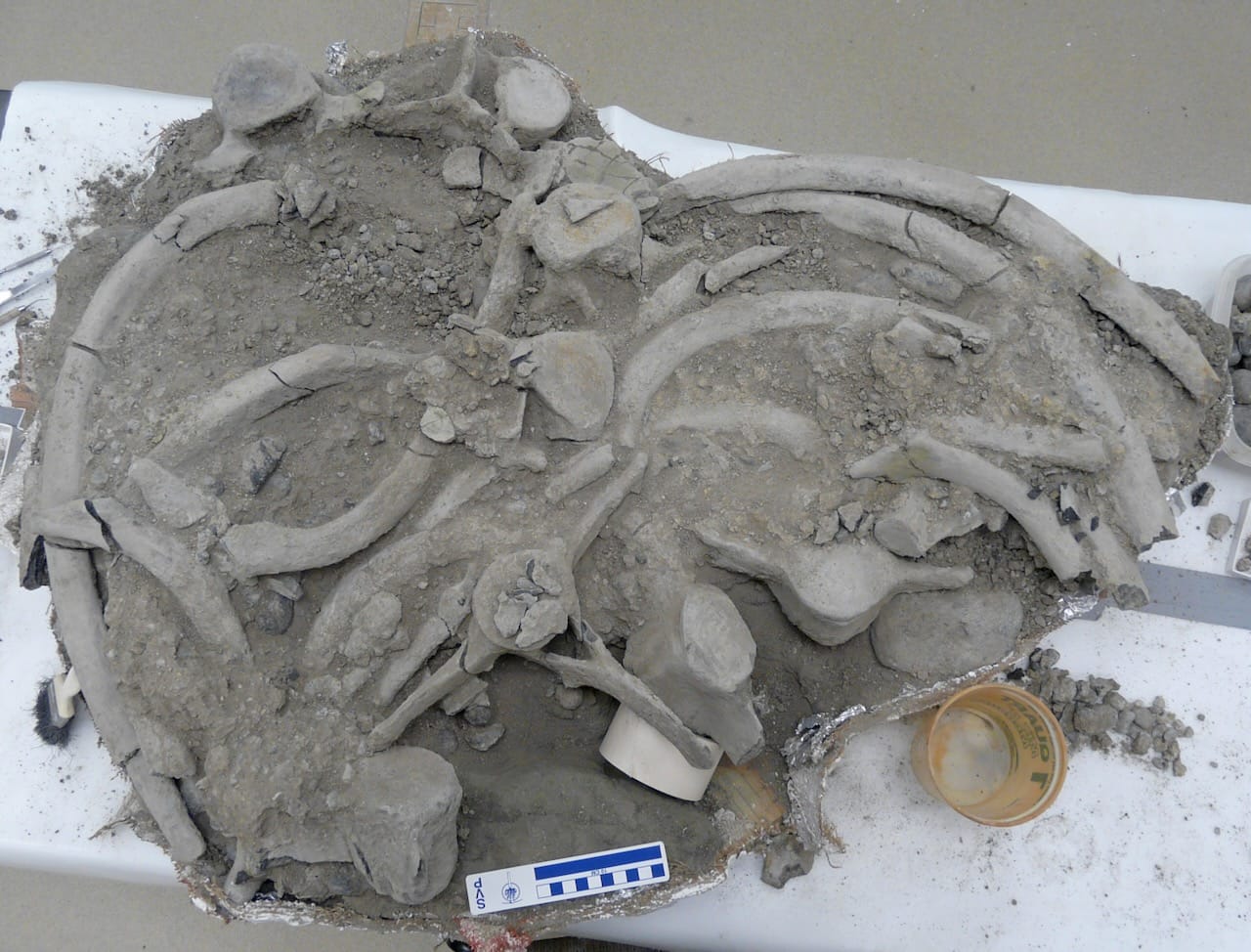
With the skull in such good shape, we were able to identify the species as Diorocetus hiatus, a small baleen whale originally named by Remington Kellogg in 1968; the Carmel Church specimen was only the 3rd skull of the species known.
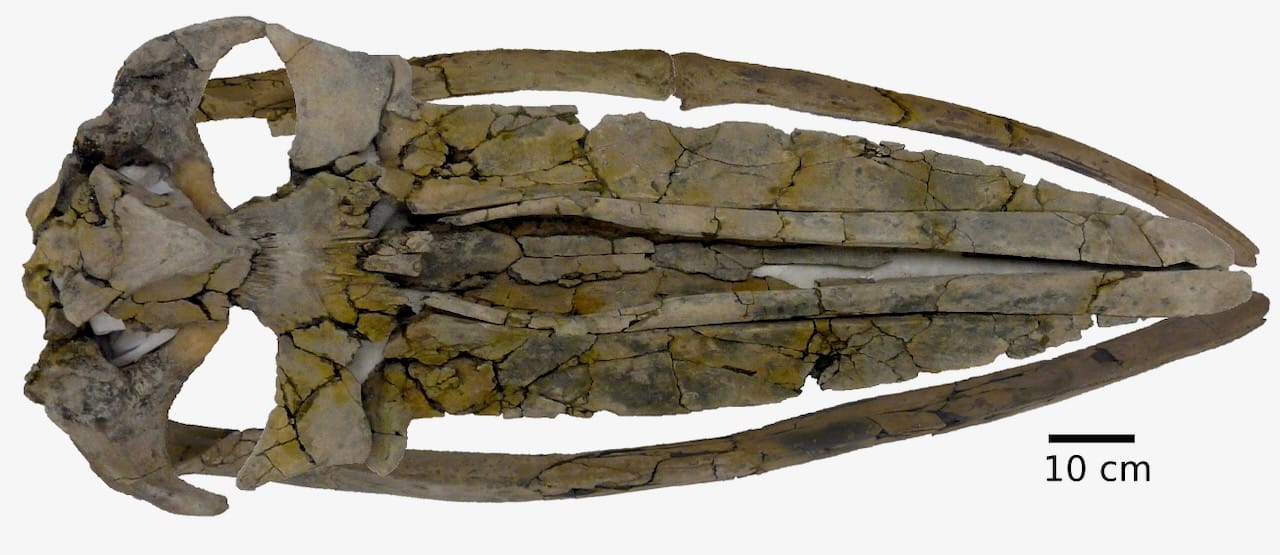
As we prepared the skull, we eventually realized that this whale had survived a catastrophic injury to its lower jaw (at least, it survived for a while). I contacted my friend, paleontologist and anatomy professor Brian Beatty, and we spent more than a year studying this injury and comparing it to other whales. In 2009 we published a paper (pdf download) suggesting that this whale had broken its jaw while feeding from the seafloor like a modern gray whale.
So this is a post about ribs, right? And this whale, which we nicknamed "Sinistra", did preserve a lot of ribs:
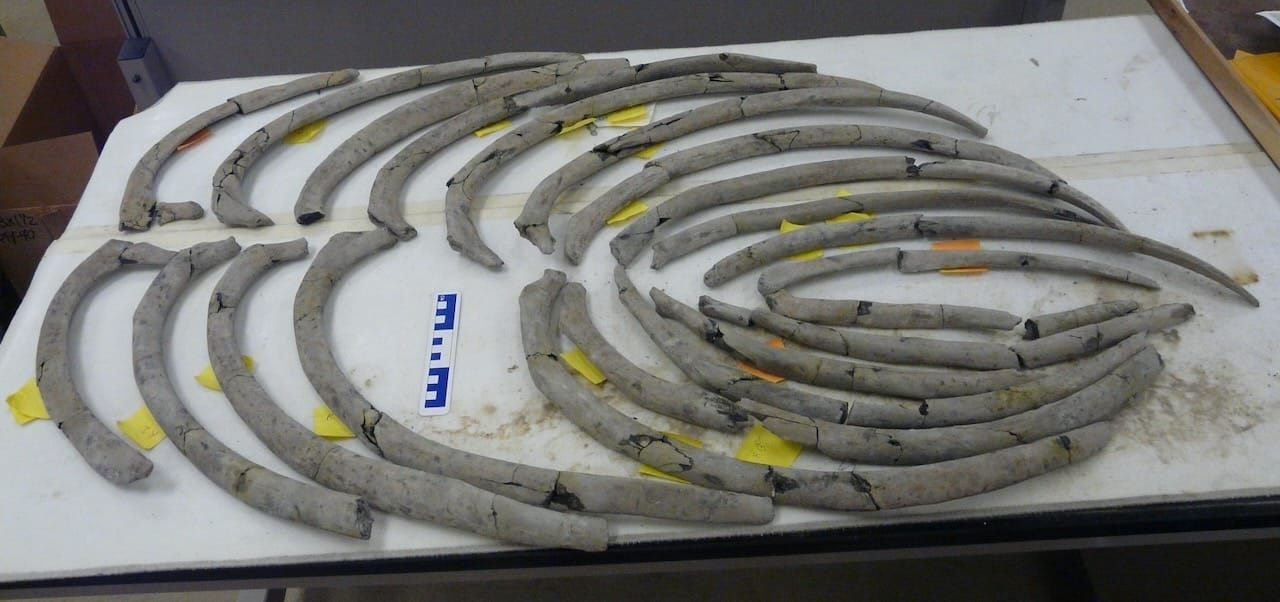
Of course, "Sinistra" was the skeleton that finally allowed us to identify a species with highly osteosclerotic ribs (the cross section rib at the top is actually one of "Sinistra's" ribs). As I mentioned last week, one reason to evolve dense, osteosclerotic ribs in marine mammals is if you are feeding on the seafloor. Here, in one whale skeleton, we had dense ribs combined with jaw injuries that were best explained by feeding from the seafloor! This was a surprising convergence of two lines of evidence that were independently pointing to the same interpretation.
There was one final surprise twist for Brian and me. While working on this project we spent several days in the collections at the US National Museum measuring the cortical-cancellous bone ratios in various animals. While we confirmed that Diorocetus ribs were quite dense (and seemed to get more dense as the animal got older), to our surprise we found that the ribs in all baleen whales were relatively dense, especially when compared to toothed whales. Moreover, the further back in geologic time we went, the more dense baleen whale ribs became! This was entirely unexpected to us, and led us to suggest in our paper that filter feeding in baleen whales may have originally evolved as a means of filtering food from the seafloor. In our scenario, the skim and lunge feeding used by most modern baleen whales to catch fish and krill in the water column came later, with their dense ribs serving as a relic of their bottom-feeding ancestry.
Next week we'll look at another unusual whale rib, which led to my very first scientific paper.

If you like what you're reading, please consider becoming a paid subscriber or leaving a tip. All proceeds go to cover the cost of maintaining the site and supporting research and education at the Western Science Center.
